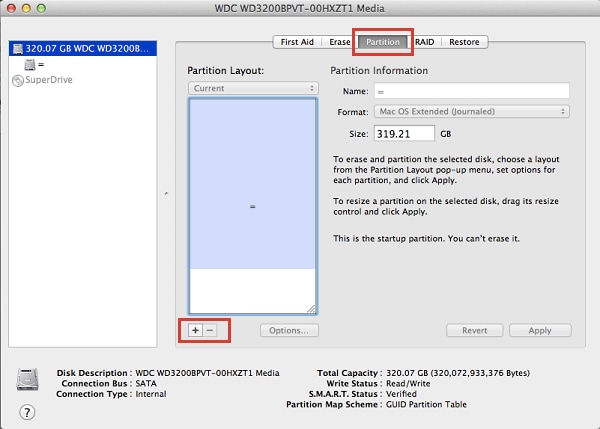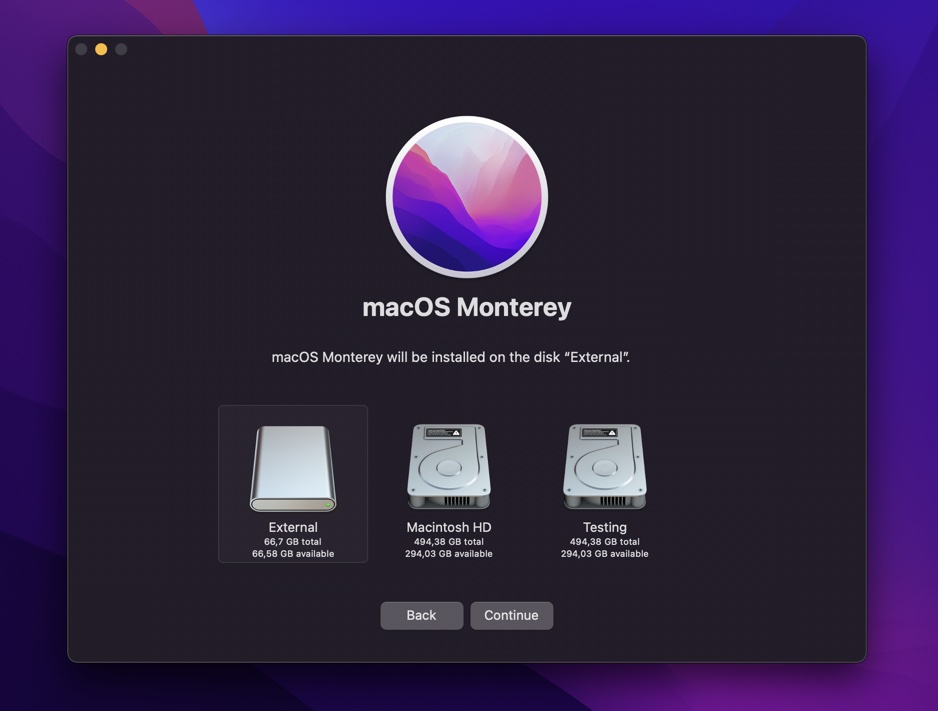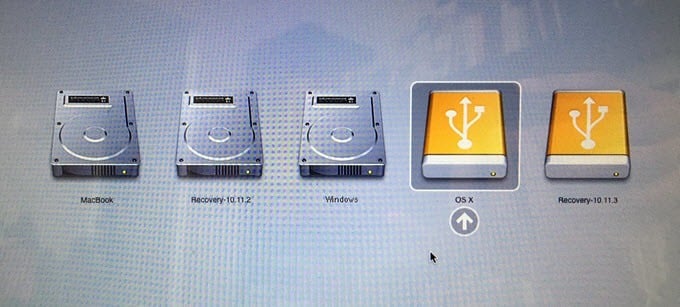

- #HOW TO INSTALL MAC OS X TO EXTERNAL HARD DRIVE HOW TO#
- #HOW TO INSTALL MAC OS X TO EXTERNAL HARD DRIVE FOR MAC#
- #HOW TO INSTALL MAC OS X TO EXTERNAL HARD DRIVE LICENSE#
- #HOW TO INSTALL MAC OS X TO EXTERNAL HARD DRIVE PLUS#
#HOW TO INSTALL MAC OS X TO EXTERNAL HARD DRIVE PLUS#
Usually, most of hard drives manufacturers use the NTFS file system to format their external HDD as a factory standard, including many famous brands such as Seagate Backup Plus Ultra Touch and WD My Passport. This method suits you most if you just want to use it occasionally on different OS or don't want to lose files on your external drive by formatting. If you need to use a drive that is not completely compatible with your computer OS and you have the urge to format it, you should know there is a more feasible way to make your external drives compatible with your Mac and PC.
#HOW TO INSTALL MAC OS X TO EXTERNAL HARD DRIVE HOW TO#
How to make external hard drive compatible with Mac and PC without formatting(No data loss) How to partition external hard drive to make it compatible with Mac and PC

#HOW TO INSTALL MAC OS X TO EXTERNAL HARD DRIVE FOR MAC#
Which is the best format for external hard drive for Mac and PC How to format external hard drive for Windows PC How to format external hard drive for Mac How to make external hard drive compatible with Mac and PC without formatting So I thought I'd put this information up here, even if it's just to get a confirmatory "No duplicate", because the benefits to the community of getting a method would be large.Though the default hard disk file system (also known as format) of Windows and Mac are different, there should be some ways to format an external hard drive to make it compatible with your Mac or PC. I'm still hopeful that there's a way of doing this via the command line.

I suspect further investigation of this aspect of the tool may be required. I tried disabling SIP and running startosinstall -volume, but the process just sat there, and Console was filled with messages about a binary not being signed correctly. It seems that there is a -volume flag to set the target drive, but it is only available when the OS has SIP disabled. preservecontainer, preserves other volumes in your APFS container when using -eraseinstall. newvolumename, the name of the volume to be created with -eraseinstall. Optionally specify the name of the new volume with -newvolumename. eraseinstall, (Requires APFS) Erase all volumes and install to a new one. installpackage, the path of a package (built with productbuild(1)) to install after the OS installation is complete this option can be specified multiple times. To bypass "rebootdelay" send SIGUSR1 back to startosinstall. pidtosignal, Specify a PID to which to send SIGUSR1 upon completion of the prepare phase. This delay is in seconds and has a maximum of 300 (5 minutes). rebootdelay, how long to delay the reboot at the end of preparing.
#HOW TO INSTALL MAC OS X TO EXTERNAL HARD DRIVE LICENSE#
agreetolicense, agree to the license you printed with -license. license, prints the user license agreement only.

There are also several other tools, including: startosinstall, which yields the following info: Usage: startosinstall However, creating an installer disk involves the createinstallmedia command line tool inside the MacOS installer app bundle. Admittedly, these are cheap and plentiful.īut I already have loads of 8GB sticks and the alternative to buying another bit of hardware is to sacrifice a 500 GB USB drive, which I already have, to become an installer medium. Catalina now requires just slightly more than 8GB, so I need a 16 GB stick at least. Firstly, it requires the purchase of a USB stick. I'm wondering if it might be possible without this workaround. The Mac is old enough to run Mojave.Ī specific form of this question has been asked before, to which the answer is "create a USB installer disk". I want to install Mojave onto an external drive, using a Mac that has Catalina as its current OS.


 0 kommentar(er)
0 kommentar(er)
